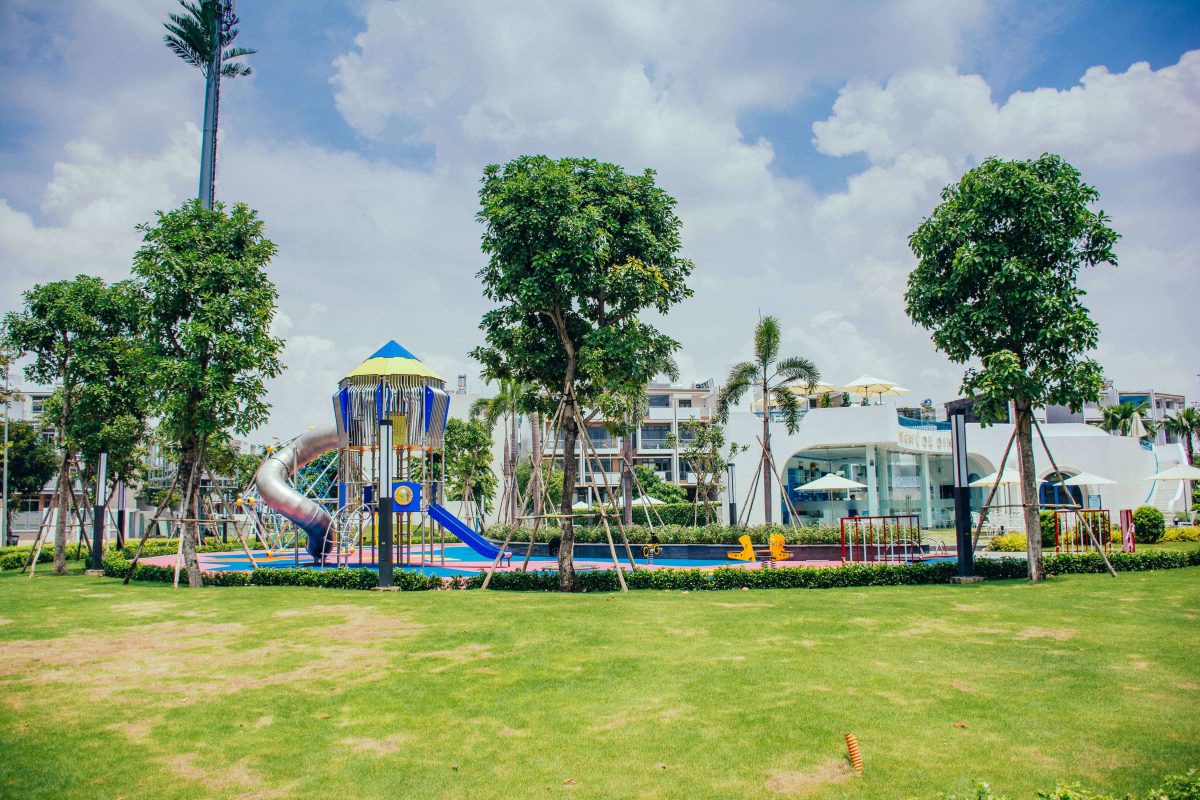All You Need To Know About Separating Playgrounds By Age
If you’ve been shopping for commercial playground equipment it’s likely that you’ve noticed that manufacturers all use the same age ranges to divide up play structures but maybe unsure why or how this divide came to be. The simple answer is that reputable manufacturers are careful to follow the playground safety guidelines set forth and they divide their playgrounds into three groups, infant to 2 years, 2 years to 5 years and 5 years to 12 years.
These aren’t just arbitrary age divisions, playground age ranges are based on the physical abilities and average sizes of children in each group. As children age, they are driven to build specific physical skill sets. Because of this drive, equipment that was fascinating at 2 loses some of its appeal by age 5.
You may have noticed that some structures are labeled 2-12. Typically these structures exemplify the most challenging equipment available within the 2-5 year age range. You won’t find any overhead climbers or challenging upper body activities because they’re just not appropriate for children under 5. The AAA Playground design team always does their best to make equipment as engaging as possible within the safety standards and in many instances, these playgrounds are a good compromise, however, they may be a little high for timid younger children and a little tame for rambunctious older children.
Creating a Community Playground
In some ways, schools have it easy, they know the exact age range and to an extent, abilities, of the children using their play equipment. Municipalities need play equipment that fits a much wider age range. Luckily, there are many options available to help create a playground that fits each child and every space.
The Two Structure Solution
Frequently, space is the number one obstacle for prospective playground owners. In those rare instances when a playground can be located in a large open space, there are several options for creating a playground that suits all ages.
The simplest solution is to create two separate structures, each dedicated to an age range. Aside from allowing the greatest creative freedom, this option also channels children into different areas of the playground based on ability. This reduces the risk that a large child will knock down, trample or be tripped by a slower toddler. optimally, these independent play structures would be separated by a few independent play items to create a buffer between sizes.
One Structure Solution
If space or budget demands that your playground only have one structure, it is best to choose a structure that meets the safety requirements of the two to 5 age range and incorporates a low slide as well as a higher slide. The overall playground can be dressed up with more challenging independent play items, such as monkey bars or rock walls to create a physically challenging and stimulating environment for all children.
Fun for All
Some play items never get old. Here are our favorite independent play items that appeal to all ages (and are great for sprucing up an existing playground.)
1) Animal Shaped Climbers – Maybe it’s the thrill of riding a dinosaur or pretending to slay a dragon but thanks to their imaginative designs and relatively low profiles, these are our number one pick!
2) Tire Swings- Okay, regular swings are amazing but tire swings are just, the best. While infants can’t ride on tire swings, any child old enough to hold on is bound to feel a little more secure. You can even swing with your friends! Because they move in 360 degrees and are accessible to most children, tire swings are king!
3) Spinners- There are a few different versions of the spinner but they’re all pretty amazing. Because spinners come in so many sizes and styles pretty much any playground can find room for one or two.
If you are looking for a reputable outdoor playground equipment distributor, please contact AAA Playground immediately.

